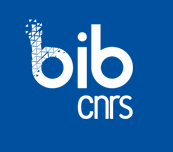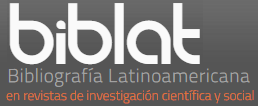Taxonomia CRediT (Taxonomia de Contribuições de Autoria)
CRediT Taxonomy (Contributor Roles Taxonomy)
The CRediT Taxonomy (Contributor Roles Taxonomy) is a comprehensive classification framework comprising 14 distinct roles, each representing the typical functions performed by contributors in the creation of academic and scientific works. These roles describe the specific and individual contributions of each author to the research, enabling a detailed and transparent representation of their involvement in the knowledge production process.
The primary purpose of the CRediT Taxonomy is to promote transparency regarding the individual contributions of authors in scientific works, facilitating improvements in attribution, recognition, and accountability systems. It is important to note that a single contributor may perform more than one role in the creation of a work, and CRediT provides a framework to capture this multiplicity of contributions in a clear and systematic manner. This approach contributes to academic integrity and the fair attribution of credit to authors.
Below are the 14 roles of the CRediT Taxonomy, along with their respective definitions:
-
Conceptualization: Idea, formulation, or evolution of overarching research goals and aims.
-
Data curation: Management of activities to annotate (produce metadata), clean data, and maintain research data (including software code, when necessary for data interpretation) for initial use or later reuse.
-
Formal analysis: Application of statistical, mathematical, computational, or other formal techniques to analyze or synthesize study data.
-
Funding acquisition: Acquisition of financial support for the project leading to the publication.
-
Investigation: Conducting research and investigation processes, specifically performing experiments or data/evidence collection.
-
Methodology: Development or design of methodologies, including the creation of models.
-
Project administration: Responsibility for management and coordination of research planning and execution.
-
Resources: Provision of study materials, reagents, materials, patients, laboratory samples, animals, instrumentation, computing resources, or other analysis tools.
-
Software: Programming, software development, designing computer programs, implementation of code and algorithms, and testing of existing code components.
-
Supervision: Responsibility for supervision and leadership in research planning and execution, including external mentorship of the core team.
-
Validation: Verification, whether as part of the activity or separately, of the replicability/reproducibility of results/experiments and other research outcomes.
-
Visualization: Preparation, creation, and/or presentation of the published work, specifically the visualization/presentation of data.
-
Writing – original draft: Preparation, creation, and/or presentation of the published work, specifically writing the initial draft (including substantial translation).
-
Writing – review & editing: Preparation, creation, and/or presentation of the published work by members of the original research group, particularly critical review, commentary, or revision, including pre- or post-publication processes.



























